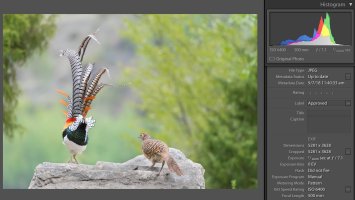Tbh this is something I should have known, but I guess it's so long since I used a variable aperture zoom, and back then I didn't know much about photography. It makes sense it should work this way and is a neat insight to how zoom lenses work, but the whole discussion makes me feel the endless back and forth pre-release about whether this was f/5.6 or f/6.3 at 400mm is again a matter of meaningless nitpicking. If the differences can be accounted for by rounding errors, then they are surely of no practical relevance to real world use? I get that a lot of people feel less is worse, but I doubt anyone could tell even from their own shots whether two photographs of the same focal length were at f/5.6 versus f/6.3, let along what T stop that actually represents.
Upvote
0

